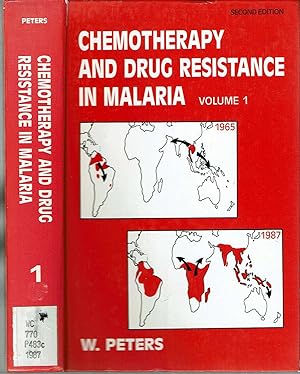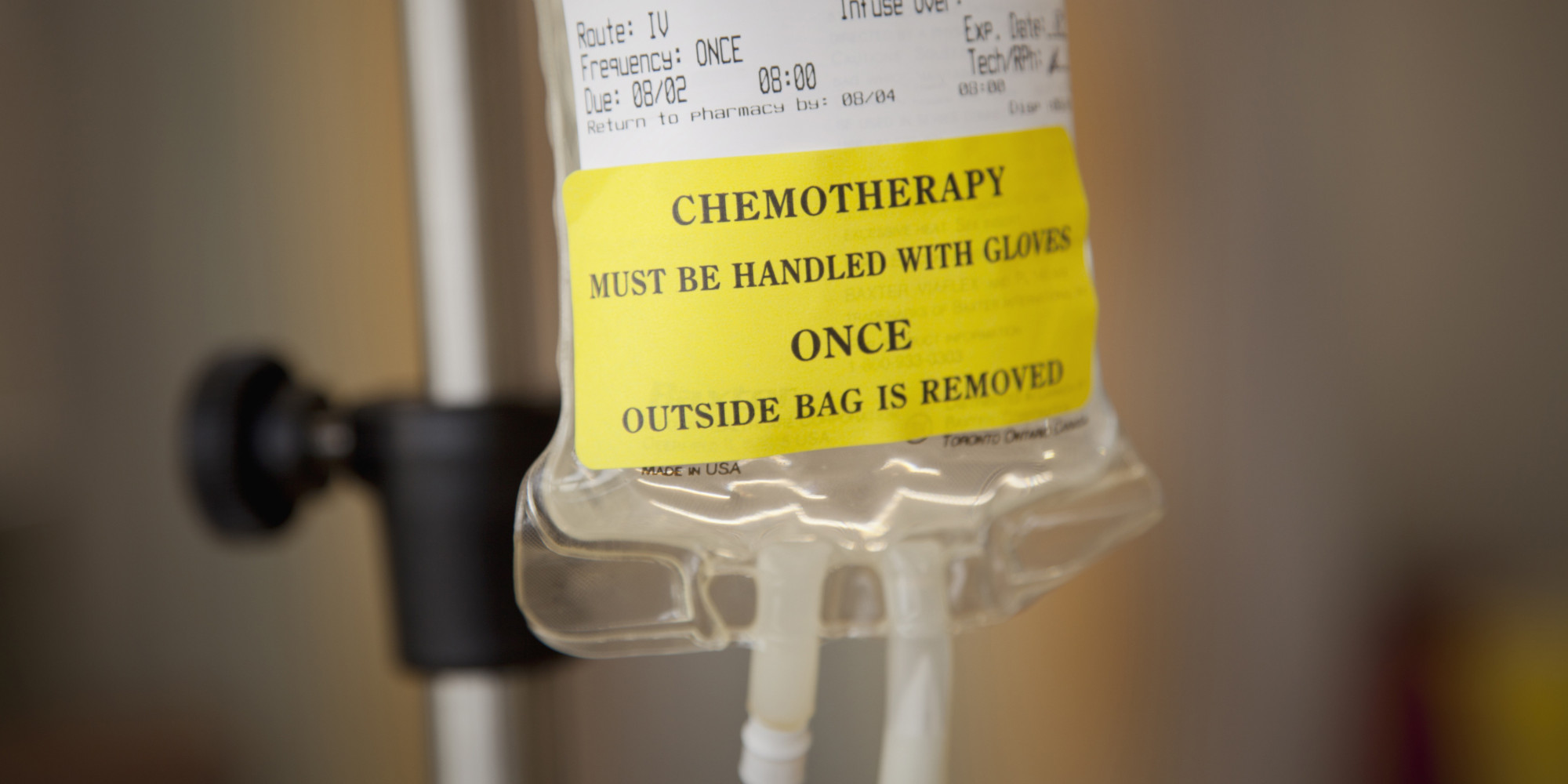Chapter 52: Antiemetic and Antinausea Drugs Lilley: Pharmacology and the Nursing Process, 8th Edition MULTIPLE CHOICE 1. A patient is receiving a tube feeding through a gastrostomy. The nurse expects that which type of drug will be used to promote gastric emptying for this patient? Prokinetic drugs, such as metoclopramide (Reglan) b.
<ul><li><p>490 P.J. WINCH ETAL. </p><p>Smith, P. & Morrow, R. (editors) (1996). Field Trials of Health Intewentions in Developing Countries. London: Macmillan Education. </p><p>Th6ra, M. A., D'Alessandro, U., Thiero, M., Ouedraogo, A., Packou, J., Souleymane, O. A., Fane, M., Ade, G., Alvez, F. & Doumbo, O. (2000). Child malaria treatment practices among mothers in the district of Yanfolila, Sikasso region, Mali. Tropical Medicine and International Health, 5, 876-881. </p><p>Tomkins, A. (1993). Environment, season and infection. In: Seasonali~y and Human Ecology. Ulijaszek, S. J. & Stricldand, S. S. (editors). Cambridge UK: Cambridge University Press, pp. 123-134. </p><p>Wears, R. L. (2002). Advanced statistics: statistical methods for analyzing cluster and cluster-randomized data. Academic Emergency Medicine, 9, 330-341. </p><p>Winch, P. J., LeBan, K., Casazza, L., Walker, L. & Pearcy, K. (2002). An implementation framework for household and community integrated management of childhood illness. Health Policy and Planning, 17, 345-353. </p><p>Received 18 December 2002; revised 23 April 2003; accepted for publication 25 April 2003 </p><p>Book Review </p><p>Antibiotic and Chemotherapy. Anti - infect ive Agents and their use in Therapy, 8th edition. Roger G. Finch, David Greenwood, S. Ragnar Norrby & Richard J. Whitley (editors). Edinburgh, London, New York, Philadelphia, St Louis, Sydney, Toronto: Churchill Livingstone, 2003. xii + 964 pp. Price 115.00. ISBN 0443071292. </p><p>This book is a manual of antibiotic and chemo- therapy therapy. It is now in its eighth edition in 30 years and the rapid growth of information on these subjects is such that the volume has to be updated at intervals of less than 4 years. The original was a manual in a real sense in that it was small enough to carry around. There were only a few groups of antibiotics in 1963. Mary Barber and Lawrence Garrod performed a great job of compression and summarized the informa- tion with such characteristic lucidity that its value to laboratory workers and clinicians alike was immediately recognized. This work was carried on with Harold Lambert and Francis O'Grady for many subsequent editions. </p><p>As the editors point out, along with other contribu- tors to the book, the second gold rush of antibiotics/ chemotherapy starting in the late 1960s has enormously increased the range of agents which now have to be discussed. The editors and authors have won one battle; they maintain the book as a concise summary of the state of knowledge of the agents available for treat- ing infections (bacterial, viral, fungal, and parasitic) and provide advice on how to use these agents. There is not a lot of superfluity. They have not won the unwin- nable battle against the inexorable increase in size and weight. The rapid expansion in the number of effective agents and the widening range of infections amenable to antimicrobial agents means that the size of successive editions has continually increased. The number of pub- lications dealing with antibiotics is now at a level that the useful knowledge--essential knowledge much of it--that needs distilling into an antibiotic manual is enormous. So the distillate gets bigger. But it is still a distillate~a source of valuable information but no longer easy to carry around. </p><p>In some instances the distillate of information could have been larger. The general chapters cover 13 major subjects such as antibiotic resistance, pharmacody- namics, laboratory testing and assays, and effects on the immune system. It is difficult to shoehorn the essential information on these subjects into a few pages. The authors have had to be very selective in what they are able to include and sometimes too little space has been available. Similarly, the authors writing the 27 chapters on specific antimicrobial agents have also had </p><p>to be sparing on the information. Each of the com- pounds mentioned has a standardized entry with anti- microbial activity, resistance, pharmacokinetics (not pharmacodynamics), and clinical uses. The essentials are in, but only essentials are possible with so many compounds to be included. The major, frequently used, classes (such as beta-lactams, quinolones, and macrolides) quite rightly get the major share of the space. Is there sufficient information to satisfy all the readers of this book? Maybe some need more and the further reading section becomes very important in this section of the book. </p><p>The third section relating to the use of antibiotics is fully referenced, as are the chapters in the general section. Despite the similarities of the chapter headings to those in the seventh edition the text shows many changes with many new experts contributing to the book and with much of the text presenting new data. A different system of referencing has been used in the eighth edition so it is not easy to see how much still remains. In general, there is more detailed information on management of a wide variety of infections making this the most updated part of the book. There is, how- ever, much non-antibiotic-related material on patho- genesis, epidemiology, clinical and microbiological diagnosis, prevention of infection, and hospital infec- tion control. The difference in emphasis comes in the first of these chapters where 'Septicaemia' becomes 'Sepsis'. The material in this and in subsequent chap- ters is interesting, well written, and accurate but some is not essential to the use of antibiotics. Do we really need 40 pages on implanted medical devices with 549 references? Pharmacodynamics has only 10 pages and 25 references and laboratory control of antibiotic ther- apy 7 pages and 6 references. Some authors appear to have stuck closely to the aim of being a user's guide to antimicrobial therapy and have dealt predominantly with the antimicrobial treatment of infection. </p><p>This is an edition worthy of its illustrious predeces- sors. Some other infection 'Classics' have gone down the road of splitting the contents into 2 or more separate volumes. There is certainly a need for a refer- ence bible containing the data previously available in Antibiotika Fibel. The second section of this book could well form the basis for a modern Fibel. A volume 2 with some of the general chapters and those on clinical uses would become portable and more easily available where most needed--at the patient's bedside. </p><p>J. D. Wi l l iams Editor-in-chief International Journal of Antimicrobial Agents FESCI/ECC Office 31 St Olav's Court 25 Lower Road London ES16 2XB, UK </p></li></ul>
R. Finch, D. Greenwood, S. R. Norrby & R. J. Whitley, Eds. Churchill Livingstone, Edinburgh, UK, 2003. ISBN 0-443071-29-2. £115.00, 1000 pp.
As a regular user of the previous edition of this book, I very much welcome the arrival of this new edition, which reflects the advances in the subject that have occurred in recent years. The general format of the previous edition, comprising three sections on general aspects of antimicrobial chemotherapy, antimicrobial agents, and treatment of infection, respectively, has been retained, but there are, nonetheless, marked changes. Interestingly, although the titles of some of the chapters remain the same, in quite a few instances the authors have changed, with an increased proportion of authors from outside the UK. A number of chapters have been re-written to take account of advances in specific areas. For example, the chapter on quinolones is now structured around grouping quinolones on the basis of their spectrum of antimicrobial activity, information being provided on newer agents with enhanced anti-pneumococcal activity such as moxifloxacin and gemifloxacin. Similarly, the chapters on macrolides and tetracyclines have been updated and now include discussion of the ketolides and glycylcyclines, respectively. Importantly, there are a number of new chapters covering topics not included in the previous edition, such as pharmacodynamics, drug discovery, and the strategic and regulatory aspects of drug development. With regard to new agents, there is now a chapter on oxazolidinones, while a chapter on miscellaneous antibacterial agents includes the lipopeptide daptomycin.

Apart from its size and weight, which precludes carrying it around in your briefcase on a regular basis, the book is extremely user friendly. All the chapters are lavishly supplied with high quality figures and tables, and the text is generally easy to read due to the judicious use of headings and sub-headings. There is an extensive index.
This book should appeal to a wide readership, as it caters for diverse interests. Students seeking an introduction to the subject should enjoy reading the chapters in the ‘General Aspects’ section, which essentially comprise a series of mini-reviews on various topics such as modes of action of antimicrobials, mechanisms of resistance, laboratory control of antimicrobial therapy, and principles of chemotherapy. Personally, I found the section on antimicrobial agents particularly interesting and useful. For individual agents within each class, there is information on the chemical structure, spectrum of antimicrobial activity (often supplemented with tables showing MICs for a range of relevant pathogens), pharmacokinetics, toxicity and side effects, and clinical use. For each agent, there is also a text box, which lists the proprietary name, the types of preparation available, the recommended dosage, and the availability in different countries or continents, which should prove helpful to clinical microbiologists. Infectious disease specialists are also catered for with a series of authoritative reviews in the ‘Treatment’ section. These comprise chapters on particular clinical infections (e.g. upper and lower respiratory tract, endocarditis, hepatitis, eye infections), particular types of patients (e.g. neutropenic patients, transplant recipients, ICU patients), and patients infected with particular pathogens (e.g. fungi, mycobacteria, protozoa, helminths). Because of the diverse nature of the topics covered in this section of the book, the formats of the individual chapters vary, but all appeared well structured with sections on diagnosis, aetiology, epidemiology, pathogenesis, and treatments options, as appropriate. The chapters are all extensively referenced, with several providing lists of recommended additional reading.
In the preface, the Editors state that their aim was to provide a reliable reference source to the properties of antimicrobial agents and an authoritative user’s guide to antimicrobial chemotherapy, relevant to clinical practice around the world. The Editors, together with the contributing authors, are to be congratulated on achieving their aim.

Alan Johnson
Chemotherapy And Antibiotic Use
Antibiotic Resistance Monitoring & Reference Laboratory,
Antitumor Antibiotics Chemotherapy
Central Public Health Laboratory,
Colindale,
Antibiotic And Chemotherapy 8th Edition Edition
London NW9 5HT, UK

